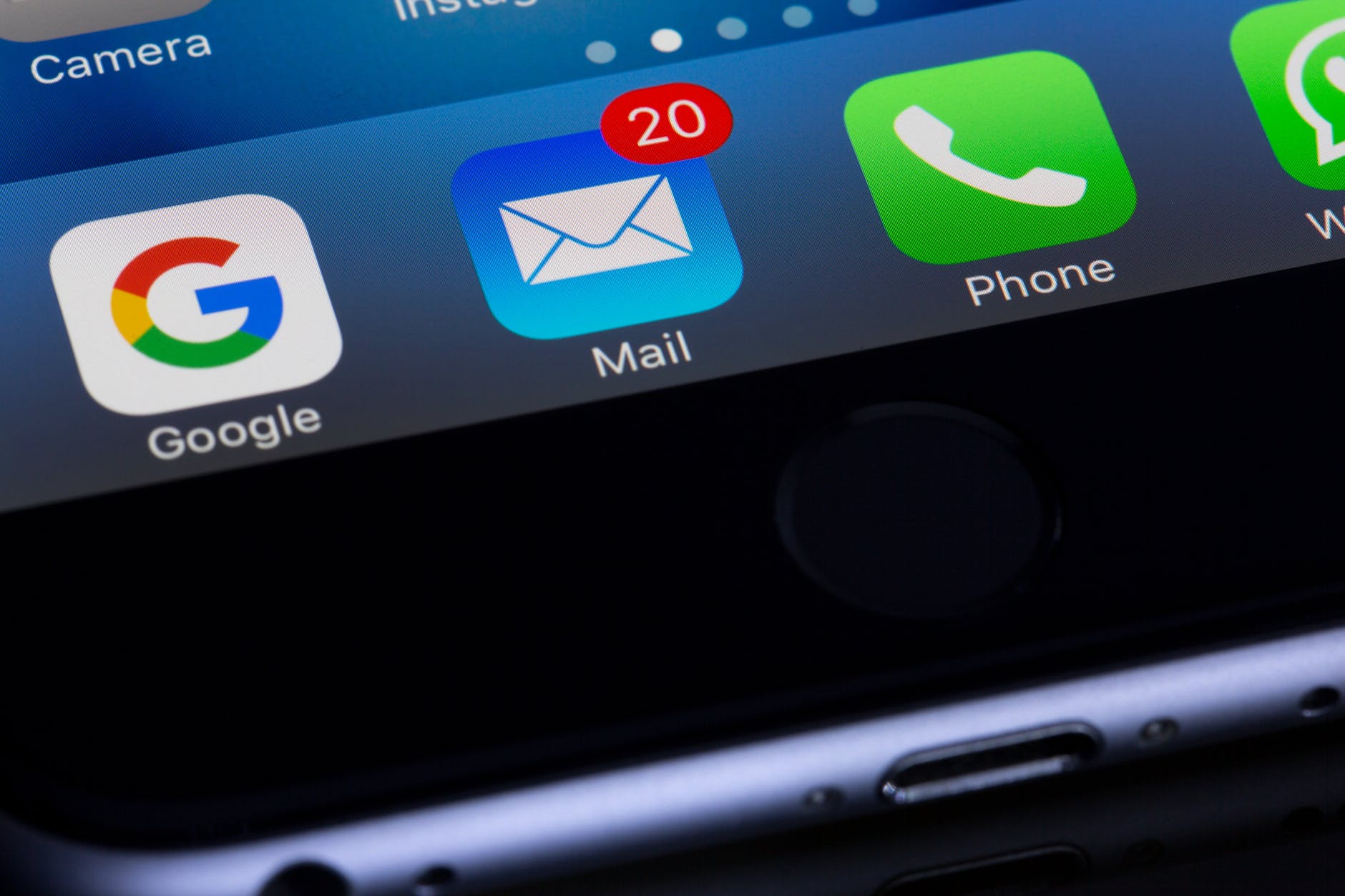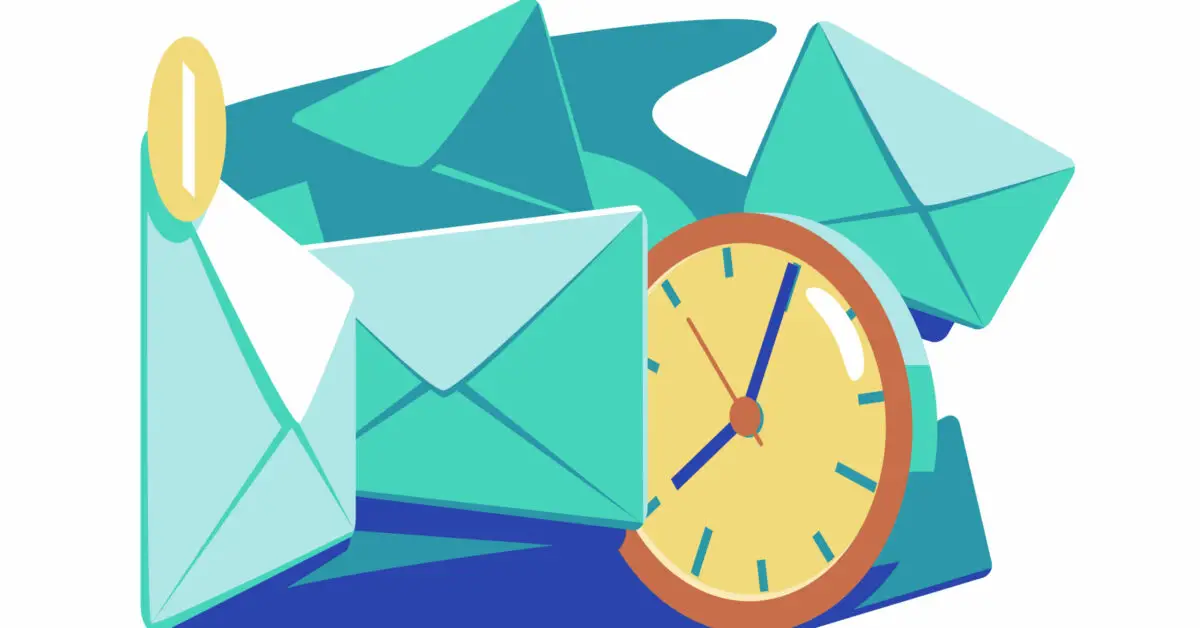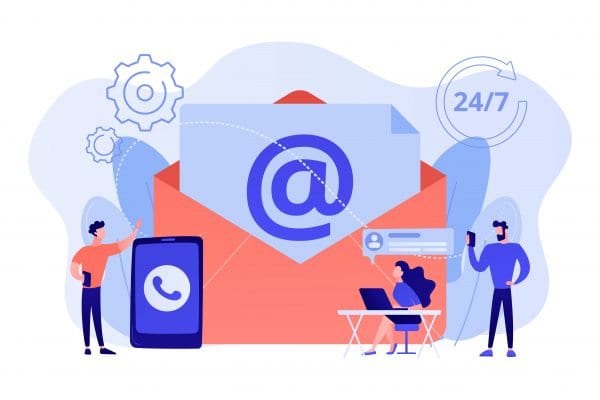If you haven’t started an email marketing campaign yet, you’re missing out on a lot. Email marketing is an effective way to generate more leads and grow your business.
Here’s the catch: it has to be done right, and it can take some time for your efforts to come to fruition, especially if you are just starting out on your business. Regardless, email marketing is a strategy worth taking. Let’s take a look at some statistics on email usage:
● In 2020, the number of email users around the world amounted to 4 billion and was estimated to be at 4.6 billion by 2025. In contrast, 3.6 billion were social media users. In other words, email is a great place to start to reach more audiences and increase your visibility.
● Consumers prefer to buy through a marketing email instead of clicking the “Buy” buttons on social media.
● Email marketing provides a return of $32-$45 per dollar spent.
On top of all these impressive statistics, email marketing may come at little to no cost. This makes it one of the most affordable ways to market your brand or business. It is perfect for companies or anyone starting a business with a limited budget.
Let’s explore how you can effectively use this sales-driving digital strategy.
How To Kick Start An Email Marketing Campaign On A Budget
Step 1: Build Your Mailing List
There is no point in starting an email marketing campaign if you don’t have contacts to deliver your mail to. This is why your first order of business to kick start your email marketing campaign is to build your email list.
Creating your email list also allows you to analyze your customers’ profiles and identify your buyer persona. As a result, you can better personalize your interactions with them to keep them engaged or retain their loyalty to your brand.
Online businesses or those businesses with websites can organically build their email list using the following techniques:
● Customizing exit intent pop-ups. An exit intent pop-up encourages anyone on a site or an app to browse their content further. They are often used to introduce their other services, view other related content, promote offers, sign up for newsletters, etc.
● Add CTAs or calls-to-action or your contact information.
● Using lead magnets such as downloadable newsletters, checklists, eBooks, etc.
Suppose you do not have an online store or website. In that case, you can build your email list by asking your customers for their email addresses upon making a purchase.
You can also use an email finder tool to grow your list of prospects. These tools mine web pages to collect personal and business email addresses. Although this may sound convenient, it is best to be cautious about using email finder tools. People do not always appreciate getting emails from things they didn’t sign up for.

Step 2: Select Your Email Marketing Provider
Research the email marketing provider or platform that matches your market and budget. There are many available email marketing software options you can choose from. Some offer free trials for a certain period, while others can be used for free for a lifetime. This is good news for businesses on a budget.
Note, however, that those email marketing platforms that offer free services only allow you to deliver your mails to a limited number of contacts. So if you are strictly looking for email marketing tools, these options may not be the best for you.
Here are some standard features you may find in various email marketing software:
● Automation for better workflow
● Integrations with other tools
● Templates
● Drag-and-drop designing
Step 3: Write and Design an Attention-Grabbing Email Copy
You’ll want to grab your recipients’ attention so they would open and read the emails you send them. And that can be hard, especially when designing isn’t your most vital skill. Fortunately, email marketing programs provide customizable templates that are user-friendly. You can also use various free and web-based email designing tools.
Consider the following tips when designing and writing your email copy:
● Use a short, catchy, and actionable subject line.
● Address and greet your recipient by their name to make the interaction more personalized.
● Keep everything short and simple. Also, avoid using jargon.
● Provide only relevant content.
● Add a call-to-action and place it where it can be easily seen.
● Add social media buttons.
● Add a unique signature.
The email types you can send to your recipients depend on the business you run. Here are some general examples:
● Newsletters
● Product update emails
● Deals/Promo emails
● Invitational emails
● Seasonal emails
● Reorder emails
Step 4: Create Your Email Marketing Strategy
Now that you have the tools, you can create your email marketing strategy. This means you have to plan a schedule for sending your marketing emails and the types and sequence of emails you want to send.
You can use your chosen email marketing software or platform to build and automate your email marketing strategy.
It’s best to develop at least two plans. More about that is explained in the next step. You can start email marketing when you’ve got your emails ready and satisfied with your strategy.
Step 5: Evaluate Your Email Marketing Strategy
Any solution must be evaluated for its effectiveness. In email marketing, that process is called A/B testing. You can conduct an A/B test by creating two versions of one type of email. Send one version to one group and the other version to another group. Then, track each email version to find out which provided more positive results.
Email marketing platforms already have built-in features that show your campaign’s results. You will find how many people opened and engaged with your email, unsubscribed, and how many were unsent. Use these reports to fine-tune your email marketing strategy.
Conclusion
Email marketing provides businesses with the unique opportunity to expand their reach, improve brand awareness, nurture leads, and drive more sales. With so many available free tools and resources, even those with a limited marketing budget can benefit from this digital marketing strategy.






